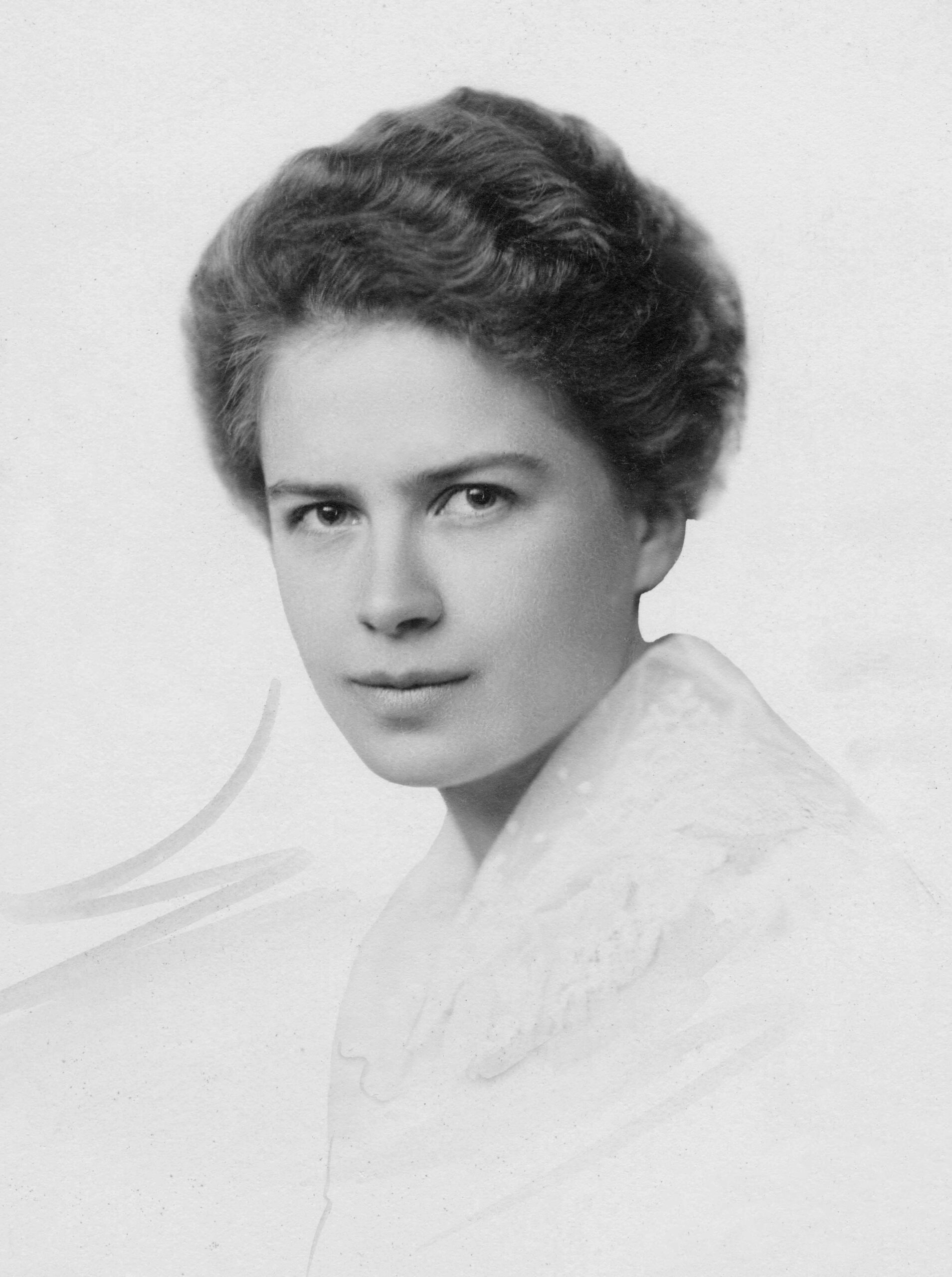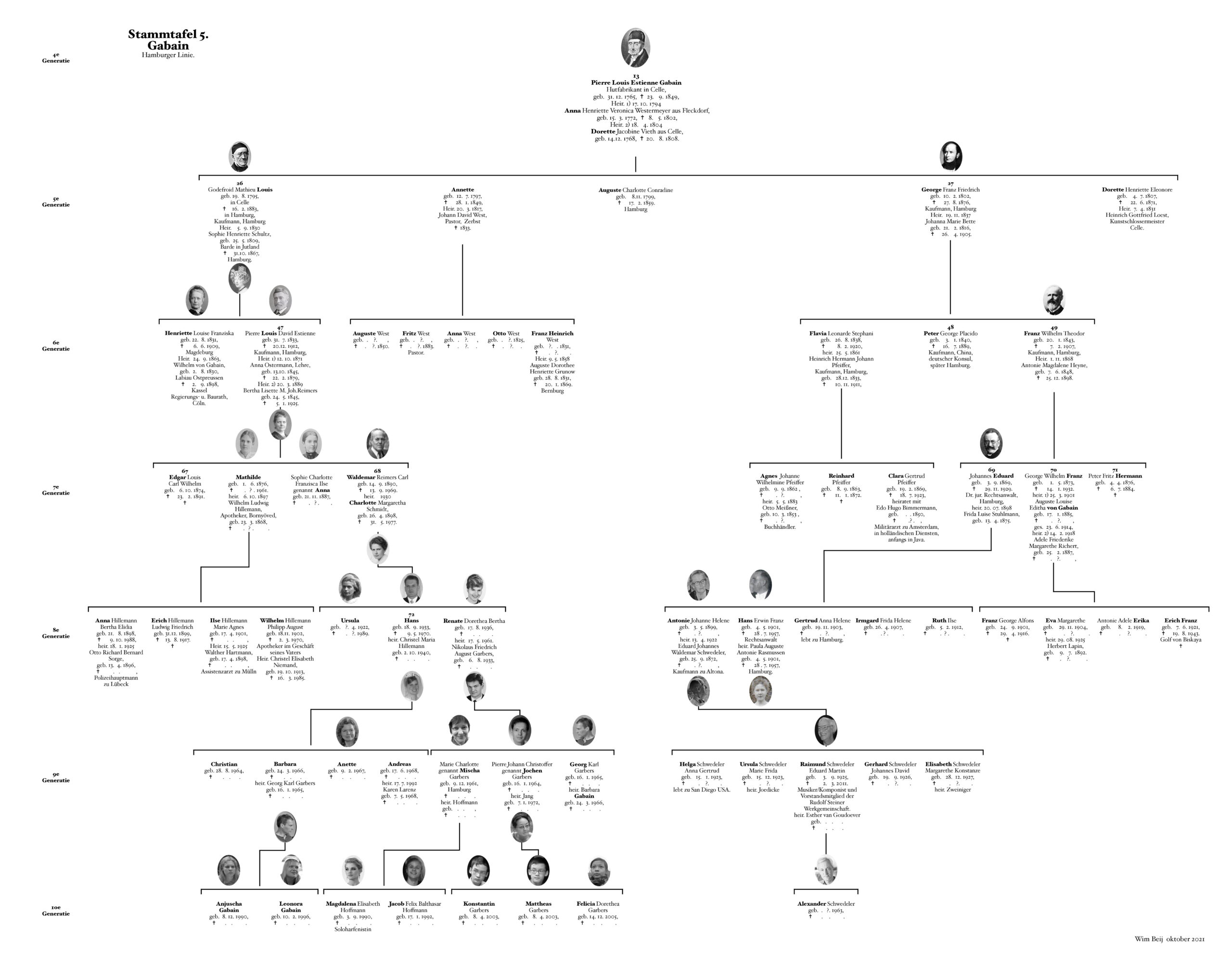
‘On house no. 90 at the Trift in Celle’
by Louis Gabain (1863), edited by Andreas Flick
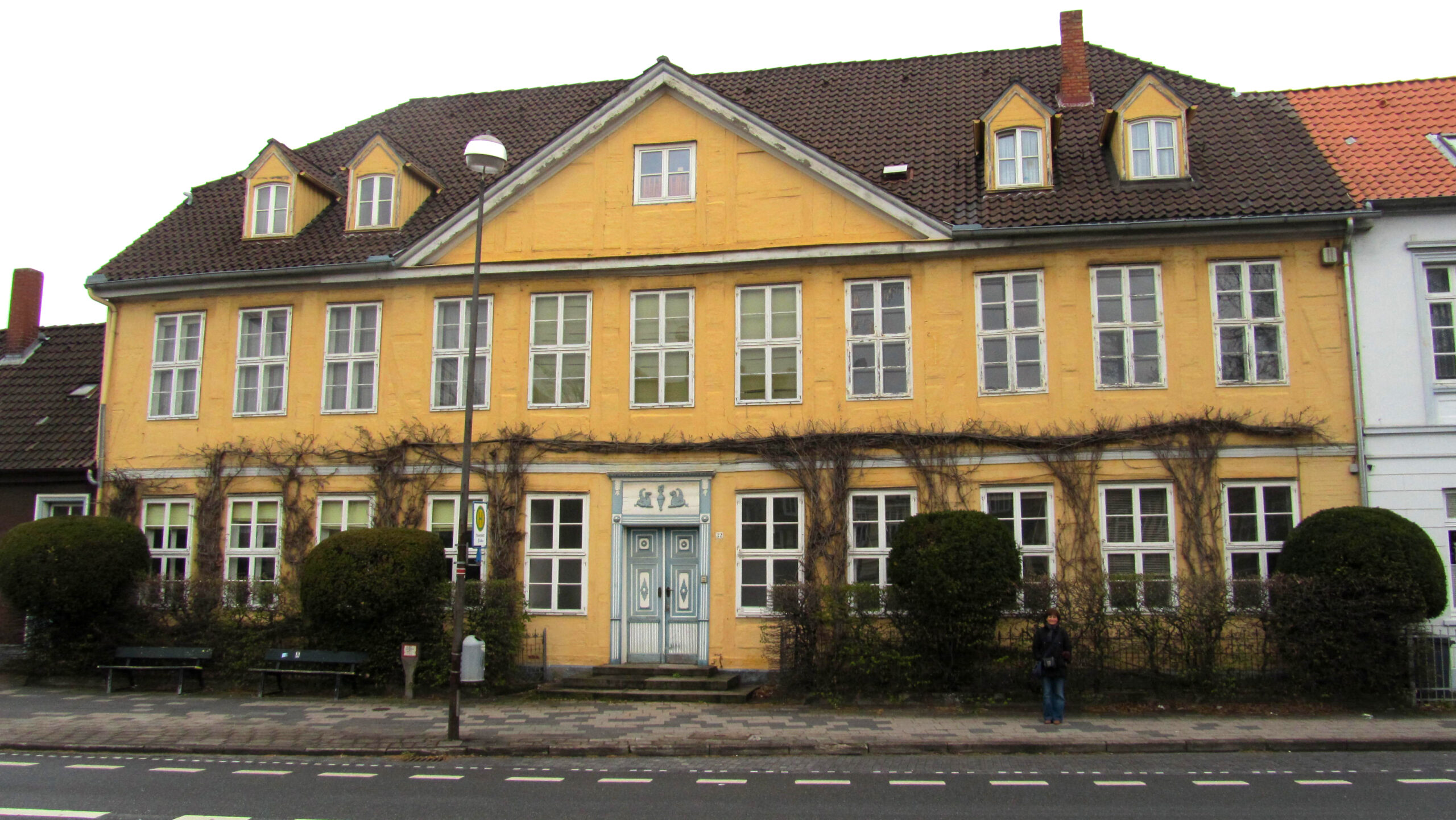
In the archives of the Evangelical Reformed Congregation of Celle there is a handwritten report entitled ‘On house no. 90 at the Trift in Celle, built by Casper Gabain and owned by Pierre Louis Gabain, office director von Willich, Mr. von Wersebé and Mr. W.F. Schaper and casually about Gabain’s family.’ This report was written in 1863 by the Hamburg-based businessman Gottfried Matthaeus Ludwig [Louis] Gabain, a Huguenot descendant born August 19th 1795 in Celle, died February 16th 1883 in Hamburg. In the report he initially gives a brief account of the history of his family, after which he discusses the history of the house Trift 90 (now Trift 32). His report features contemporary images, which he has added on the back. His father, the hat manufacturer Pierre Louis Gabain, was the last pastor of the French Reformed congregation of Celle. Around 1870 his son probably handed over the documents to the Reformed congregation in Celle.
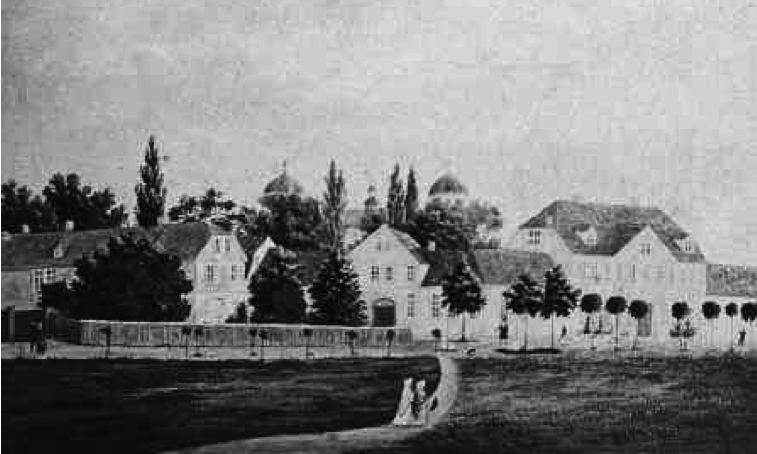
When king Louis XIV expelled some of his subjects from France by revoking the Edict of Nantes on October 15th1685, which granted religious freedom to (Reformed) Protestants, they received a favourable reception in several areas in Germany, especially in the Brandenburg and Hesse regions, but also in the Lüneburg Cellesche Landen. The hard-working French manufacturers and craftsmen brought arts and crafts from their homeland. Stocking and hat making, glove making, white tannery and the like belonged to this in the first place, but they also baked white bread. The white bread still characterizes Celle and the surrounding area to this day.
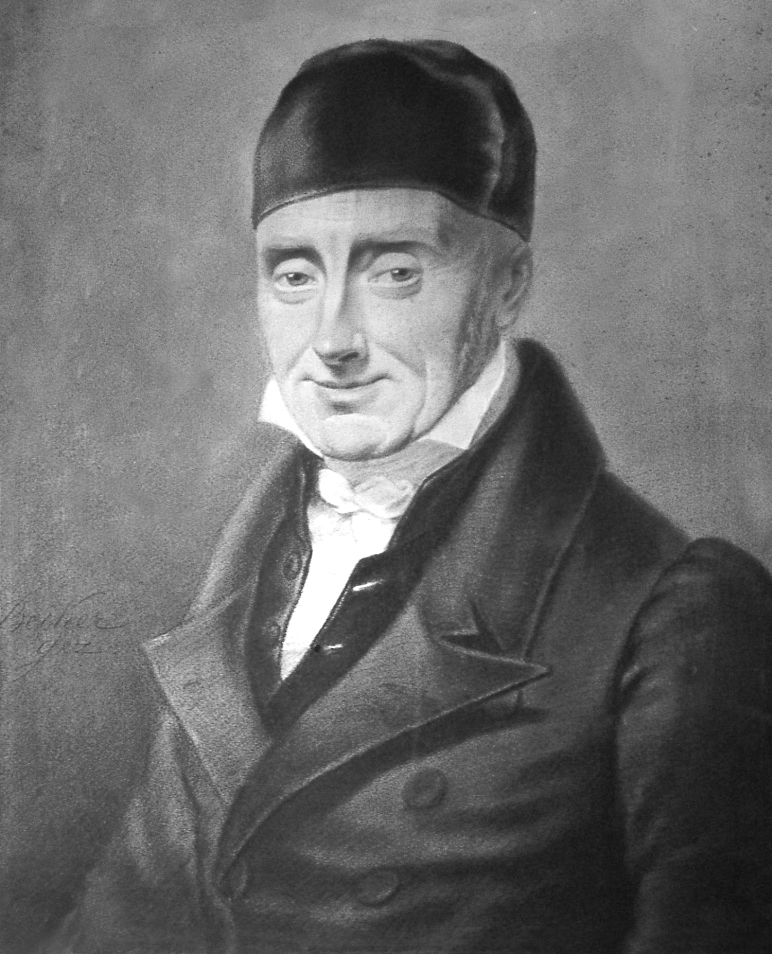
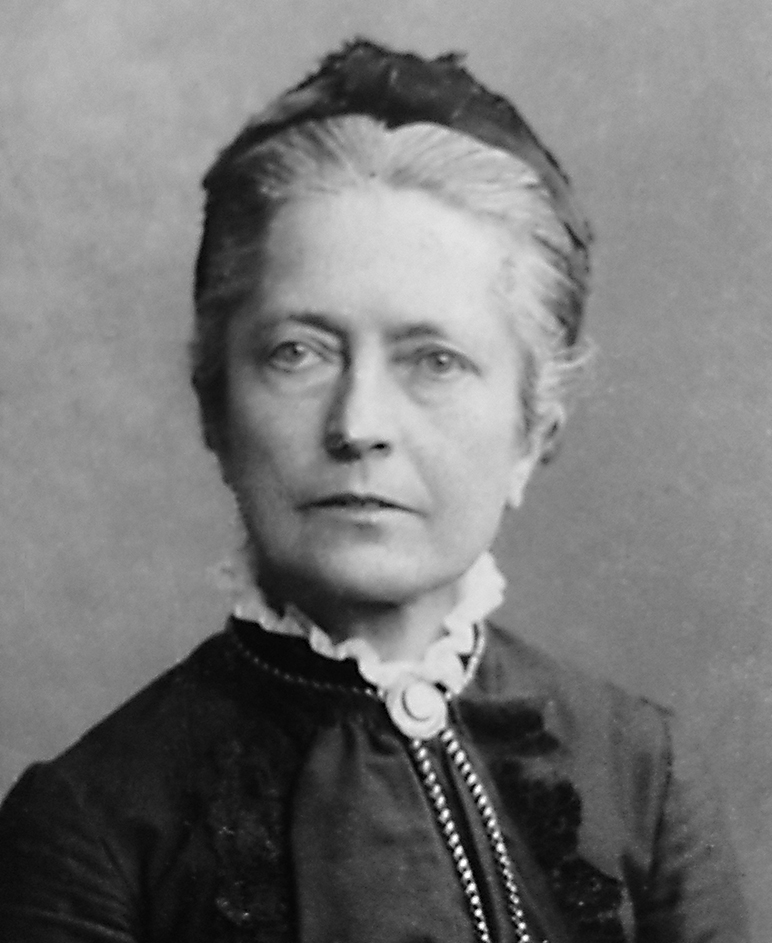
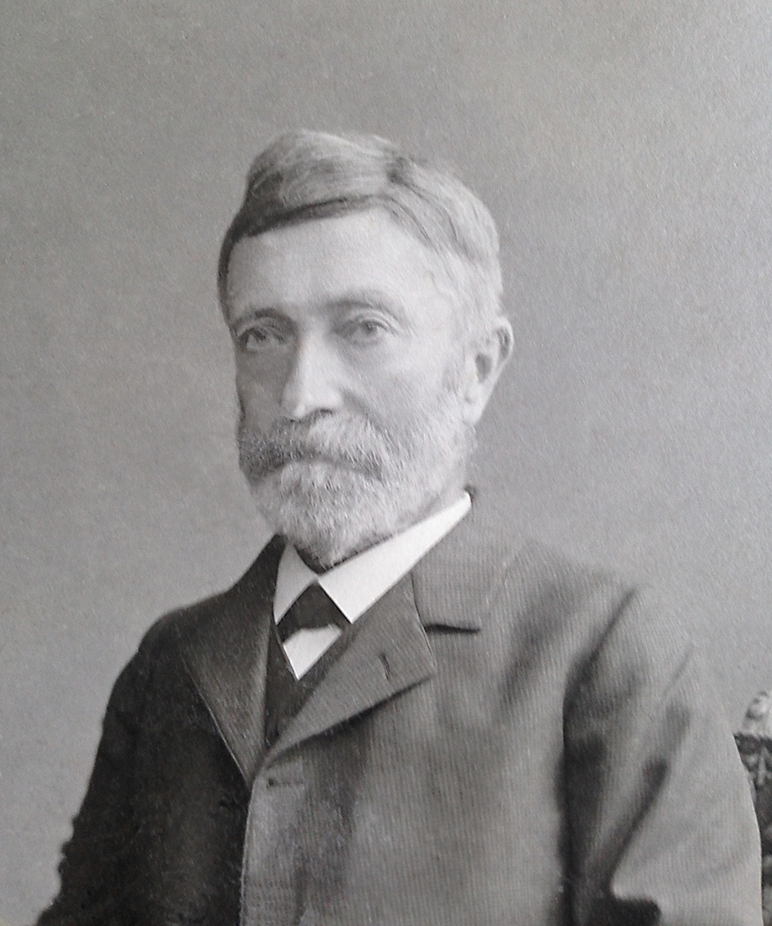
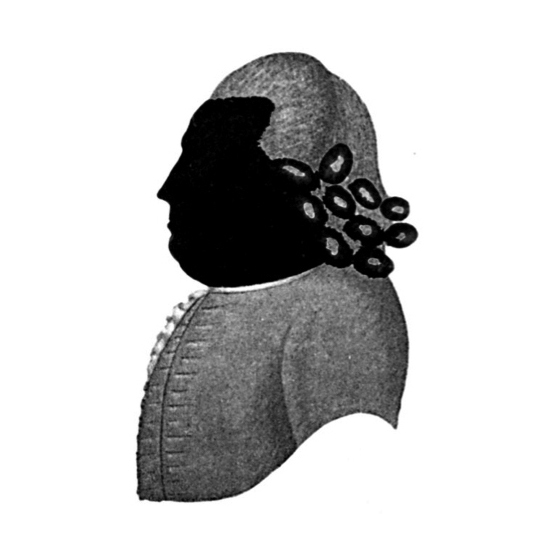
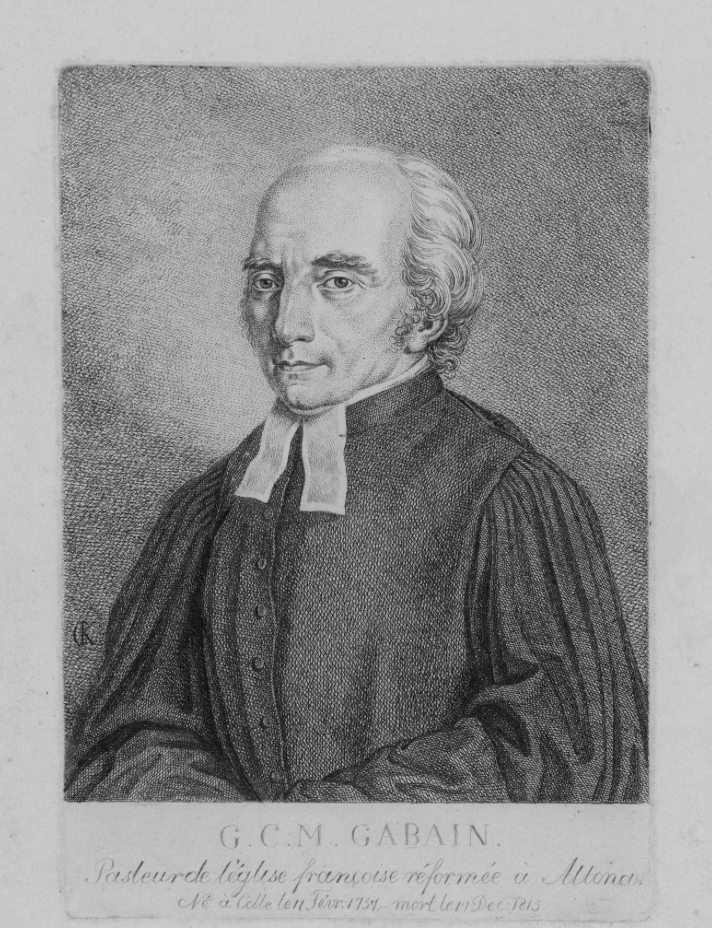
In 1685 Jean Gabain, a young man of about 20 years of age, migrated from St. Rome de Cernon in the Cevennes (France) to Payerne (Switzerland), where he stayed until 1701, before moving with his three sons to Halberstadt. His son Peter Gabain went to relatives previously settled there in Celle, where the French Reformed wife of the last duke gave the French refugees special protection and had built a church for their worship at the Hannoversche Heerstrasse (today Hannoversche Strasse). In 1719, Peter Gabain founded a French hat factory in Rittmeyer’s current house in the so-called Prinziers-Gasse (today Ohagenstrasse 8-9), which connects the Hannoversche Heerstrasse with the Breitenstrasse. He remained childless from two marriages, and the son of his Halberstadt brother Jean David, the young Casper Gabain, my grandfather, was employed within his company, succeeded him and expanded the factory considerably. Casper Gabain moved the factory to the Trift and built the current house no. 90 (today Trift 32) at the Trift, where at the time the corner house stood as an outbuilding, the front of which was located on Mühlenstrasse (today Mühlenstrasse 26). Large, pretty, expertly built, during the fall of 1765. Shortly afterwards, on New Year’s Eve 1765, my father, Peter Ludwig Stephan Gabain, was born in the new house. After the death of his father and older brother Jean Pierre, my father took over the estate (here is missing an entry) and I, Gottfried Matthaeus Ludwig Gabain, now a businessman in Hamburg, was born in 1795 in the same house. My father separated the corner and the factory from it, extended the corner house and sold the large main building for 4,000 Reichsthaler to the court councillor, later office director von Willich, whose properties were later after his death passed to Mr. von Wersebé and Mr. Schaper. Today, more than 250 years later (in 2021), the house still stands stately and bears witness to the good taste of the builder, both inside and out.
Hamburg April 8th 1863, Gottfried Matthaeus Ludwig Gabain (the above text was freely translated)
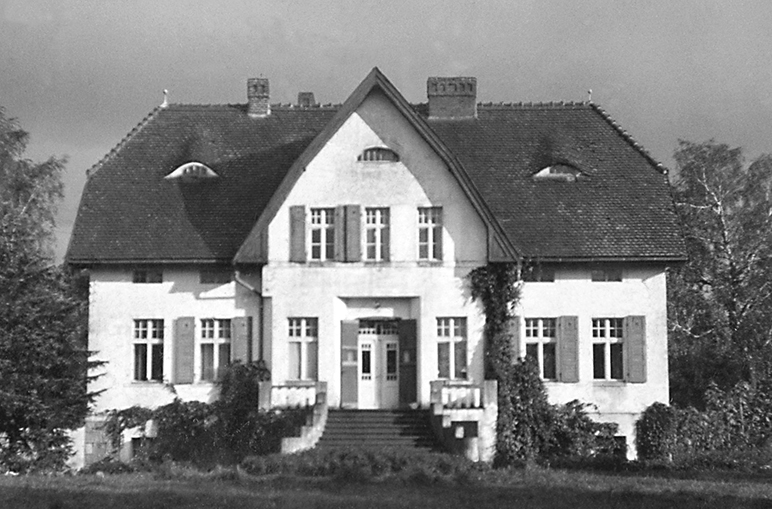
The history of the Gabain estate
Ferdinand Schmidt, grandfather of Renate Garbers-Gabain, bought the estate in 1919 for 875,000 Reichsmark, after selling his farm near Stettin. Because his only son was killed in the First World War, his daughter Charlotte Schmidt was the sole heiress. She inherited the estate when her father died due to the Spanish flu. She married August Friedrich Früchtenicht in 1920, who turned out to have little knowledge of agriculture and ran away after years of mismanagement. Then Waldemar Gabain came to the farm as an agricultural manager (estate inspector). He a was descendant from a wealthy Hamburg merchant family, and brought the necessary change and experience to the company. In addition, he invested his assets in the company. From then matters gradually became better. The estate was managed with concerted efforts to make it a thriving business. All opportunities to earn money were seized, such as expanding the livestock and growing seed potatoes. Agricultural machinery was renewed, the livestock was adjusted in numbers, more workers were employed, and the sale of meat and fish was started. The farm prospered in the following years, becoming a significant economic resource for the village of Dieck. Charlotte and Waldemar were therefore highly regarded. In 1930 Charlotte married Waldemar, and from that moment on people spoke of ‘the Gabain estate’. The total area of the estate was 364 hectares. On January 30th 1945, the Gabain family fled from the estate to Hamburg from the Russian troops. Today, the Gabain Mansion is a hotel.
Waldemar Gabain was not only a good agricultural inspector, but also used beautiful watercolors with his brushes:

